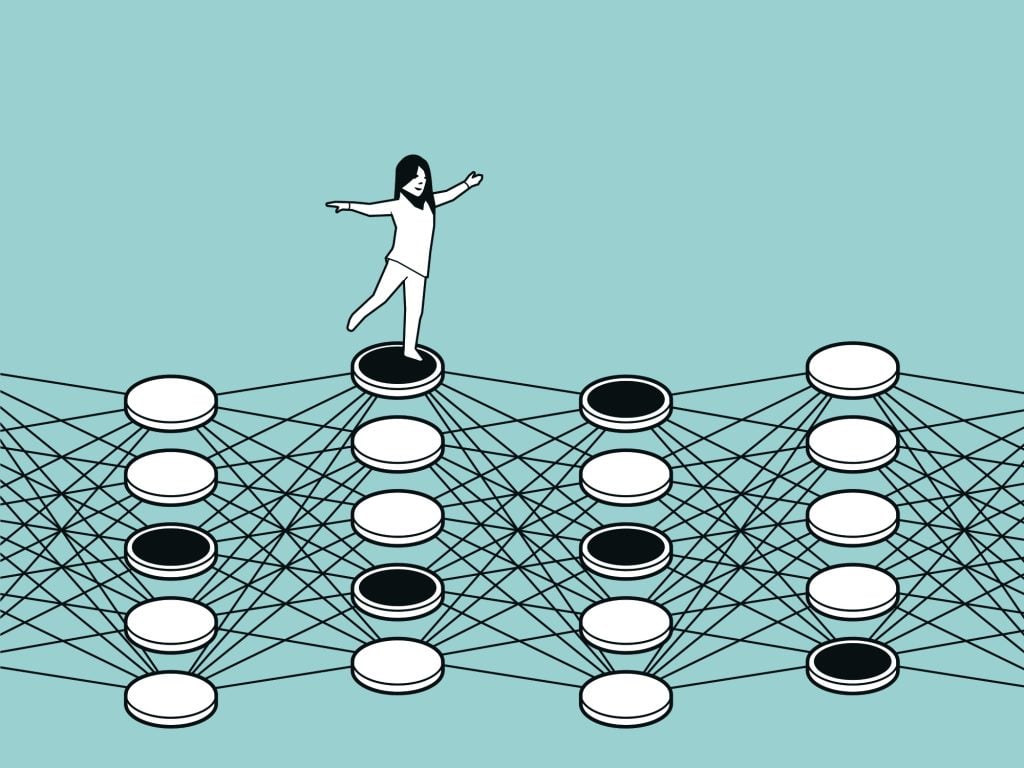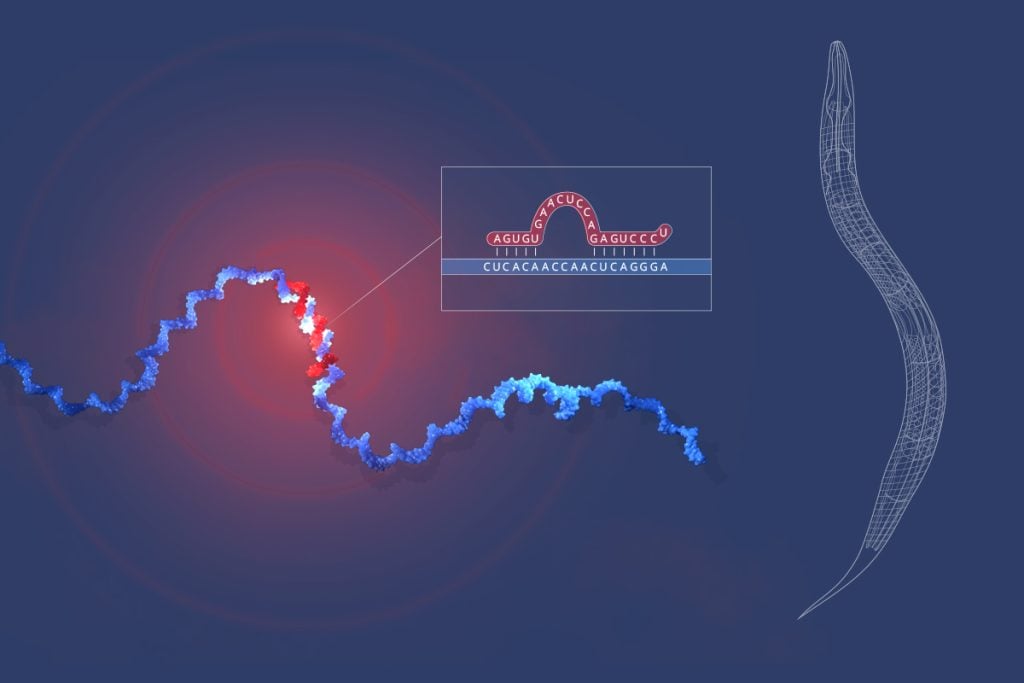- Science Simplified
- Posts
- This week in science - Nobel Prize Edition
This week in science - Nobel Prize Edition
The Nobel Prizes in Physics, Medicine/Physiology
Happy Wednesday morning! Thanks for joining in for another week. It’s Nobel Prize Week so here’s a summary of the 1st two prizes released: Physics and Medicine.

In an interesting move, this year Nobel Prize in Physics was awarded to 2 computer scientists. Both awardees, John Hopfield and Geoffrey Hinton, used Physics principals in developing their AI-related models.
As you might have heard, artificial intelligence (AI) made quite the splash over the last year or two. This year’s Physics Nobel Prize winners laid the foundation for this AI revolution through their work on artificial neural networks, the technique underlying much of modern machine learning.
John Hopfield developed a type of computer network that can save and recreate patterns, a key feature of many modern AI models.
Geoffrey Hinton created a different type of network that builds off of Hopfield’s work. Hinton’s network is able to autonomously identify/classify images and objects within them. It relies on training the model on similar images and helped start the modern push towards machine learning.
This year’s Nobel Prize in Physiology or Medicine goes to Victor Ambros and Gary Ruvkun for the discovery of microRNAs, a type of small RNA molecule that regulates gene expression.
At the time of their discoveries, it was widely accepted that RNAs primary role was converting the information found in DNA into a code that can be used protein production. These RNAs are referred to as messenger RNAs, or mRNA. However, since then, we’ve found out that RNA plays a much more diverse role than originally thought.
One such role is played by microRNAs. MicroRNAs are short RNA strands can bind to mRNAs and effectively block their message from getting through. When blocked (or destroyed) by microRNAs, mRNA effectively loses the ability to relay the info found in DNA to the protein production machinery inside the cell.
microRNAs are not only useful for understanding how genes are regulated, but also as an emerging type of therapeutic for many diseases. Starting/stopping gene regulation with miRNAs provides a new platform for disease treatment.
Nobel Prize pt 2 will come out in the next week or two once all the prizes are announced.
See you next week for more science,
Neil


If you liked this post and want to keep getting cool science delivered to you, sign up for free:


Reply